The odd Belvedere ‘story’ is a smooth pebble in the shoe, not the immovable boulder of Brewdog.
We have a very strong, shared mental model of what advertising is (and isn’t) in our WEIRD world (Western, Educated, Industrial, Rich, Democracy). The spaces for it are clearly marked and we are familiar with what it’s trying to do, and the form it usually takes (well crafted, usually succinct, often engaging at the higher end, getting a little more brutal a the other (e.g. daytime TV ads for conservatories)). This model we use to make predictions about an advert.
To be more precise, mental models are psychological representations of real, hypothetical, or imaginary situations that are used to anticipate events, to reason, and to underlie explanation. They are accordingly akin to architects’ models of buildings (Charles Sanders Peirce, 1896) (Kenneth Craik, 1943). Where every day reasoning depends on the simulation of events in mental models (e.g., Johnson-Laird, 2006).
Without a mental model it is very hard to navigate the world.
Brewdog
Brewdog have the ‘anti advertising’ stance (and a dedicated website) . It is route-one ‘I’m obviously an ad in and ad space but I’m saying I’m not an ad’ that does enough backflips in our fast processing to create conflict between expectations (based on our mental model) and our comprehension (it says it’s not an ad). This is our salient moment, where expectation and perception are at odds with each other.
Delightful.
That’s what really making Brewdog stand out. Attempts to evaluated beyond that are of less value, e.g. it’s brave, or making a stand, or actually having some value to impart. Not so much. It might feel like there’s real value there in the message because we want to make sense of our arrested attention. However, because we often don’t see the contrast with our mental model (expectations) and the message we don’t make that connection; Much like fish, we don’t see the water in which we swim.
And of course, once our calmer thinking makes an evaluation the absurdity becomes clear – Brewdog have created fanzones to watch the live games from Qatar ‘at ours’ yet criticising Qatar and FIFA, but not in way that actually punishes Qatar’s or FIFA’s stance, so… the message is an illogical hijacked political scaffolding lacking in meaning and consequence.
Will this play well to the audience who enjoy the soccer World Cup? To many, yes. But it is no slam dunk as there’s personal reputation risk for each individual taking/espousing/drinking Brewdog amongst their group of friends – it only takes one other person to point out the lack of meaningful probing that Brewdog are doing (by hijacking the language of regime criticism) to make people steer clear of attaching themselves (their personal brand and reputation) to Brewdog’s brand.
I predict it’ll be flatter response than Brewdog would’ve wanted.
Belvedere Vodka
Belvedere Vodka have done a similar thing, but on one layer only: In their TV spot the narrative is (to some degree) incomprehensible – and yet must be comprehensible because it is an ad made to look like an ad in an ad setting with money spent on it (I can see the expense on the screen!), and many people who de it and approved – but it is not comprehensible, but must… and so the feedback loop continues with varying degrees of delight or annoyance depending on each individual. This, like Brewdog, creates the salient moment where expectation and perception are at odds with each other. Indeed, it is presented as something which showcases their desire to ‘surprise and innovate’
Lovely.
However it is a much safer bet than Brewdog, as other signifiers are all in line with our mental model’s expectations and evaluations of what is advertising; Famous people are in it as themselves without their fame obscured or punctured, from Daniel Craig, to Taika Waititi (directing but also in it), and Lana Del Ray singing (we know this not because she is shown but the publicity around it makes it clear this triumvirate are present), no cultural position is taken, no (real) time or place (except Paris, which is itself both a place and an idea) are signified. This is a ‘safe as per my mental model’ presentation. And is okay to line up one’s personal reputation with this and declare ‘liking it’, and so the brand.
The odd Belvedere ‘story’ is a smooth pebble in the shoe, not the immovable boulder of Brewdog.
I think Belvedere will do well as a brand with this ad. I will suggest subsequent presentations should be less awkward for fear that that becomes attached to Belvedere, rather than the awkwardness as a device to create salience that opens a channel to present a complete and more palatable Belvedere brand; That pebble needs to come out of that shoe.
What I find very interesting is that neither could exists without a solid and well understood shared mental model of what to expect. However, subverting those expectations works for now but not if everyone does it, as that becomes the new norm (mental model) and no salience can be found by subverting expectations because expectations are for subversion. A bit like everyone wearing hi viz jackets – no one stands out. So we have something that works for a few, a few times, but not something that can be a sector-wide strategy – more of a sugar than a complex carbohydrate. In that way, both Brewdog and Belvedere leave me a little cold.
It does however remind me of how Max Headroom TV ads for Coke a Cola in the 1980’s broke expectations to create salience. Urgh, how everything changes and everything stays the same.
For more on this speak with us, or have a look at our capabilities
Also, as co-founders and supporters of the London Behavioural Economics Network, join the Meetup group and Facebook group for more details and events
Related Posts
August 13, 2023
Money (but not called that, and how it changes behaviour).
Advertising agencies make a lot of…
August 1, 2023
Reading ease is not as easy as all that – comprehension shows the way
It's easy to make text readable, right?…
July 20, 2023
The ‘Hollywood hello’ – and the importance of context when communicating
When communicating we all like to be as…








